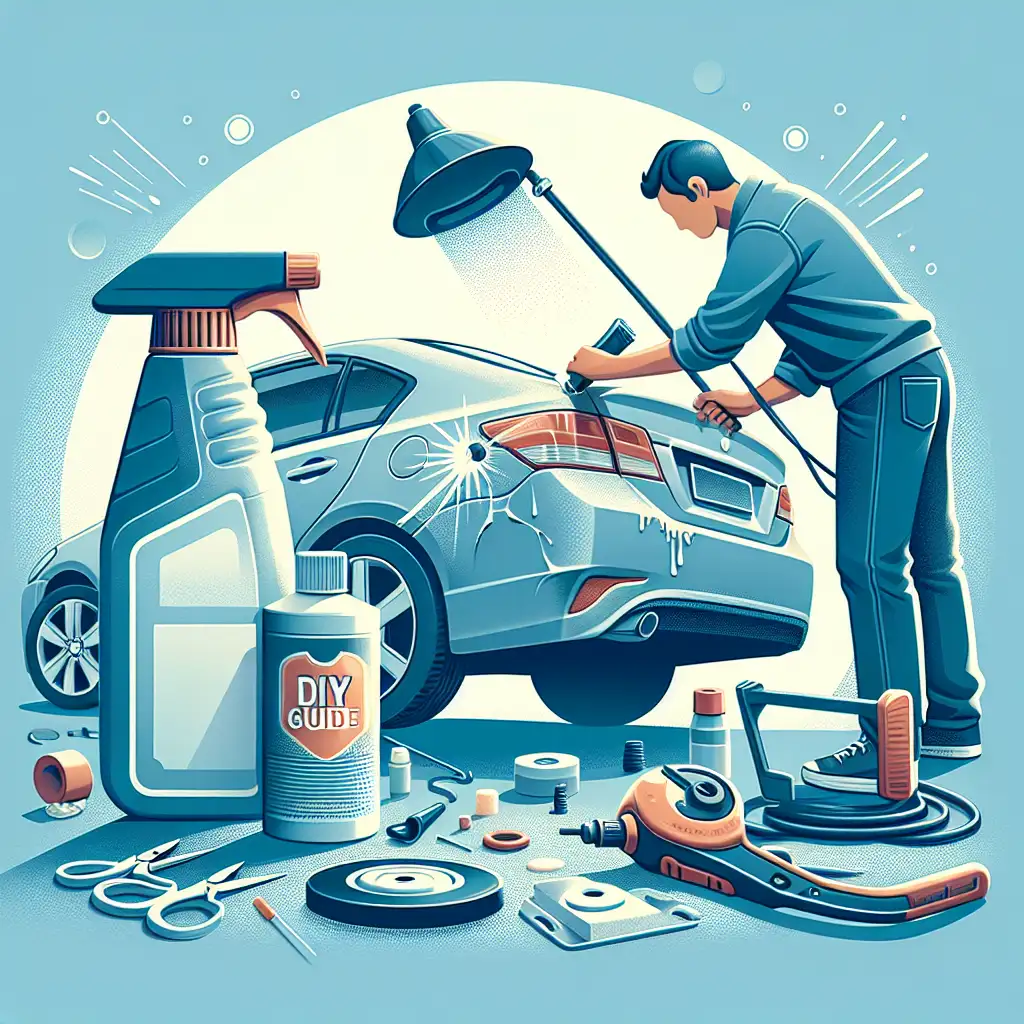DIY Guide: Fixing Minor Car Scratches and Dents
Learn how to repair small scratches and dents to maintain your car's appearance with this comprehensive DIY guide.

Keeping your car looking its best can be a challenge, especially when minor scratches and dents appear. Fortunately, many of these blemishes can be fixed at home with a little know-how and the right tools. This guide will walk you through the process of repairing small scratches and dents, helping you maintain your car's appearance and value.
Understanding Car Scratches and Dents
Before diving into repairs, it's important to understand the types of scratches and dents you might encounter. Scratches can range from surface-level marks to deeper gouges that penetrate the paint. Dents, on the other hand, are typically caused by minor impacts and can vary in size and depth.
Tools and Materials You'll Need
To effectively repair scratches and dents, you'll need a few basic tools and materials:
- Microfiber cloths
- Scratch repair kits
- Touch-up paint
- Sandpaper (various grits)
- Polishing compound
- Hairdryer or heat gun
- Rubber mallet
- Body filler
Fixing Minor Scratches
Step 1: Clean the Area
Start by cleaning the scratched area with soap and water, then dry it with a microfiber cloth. This removes any dirt or debris that could interfere with the repair process.
Step 2: Assess the Scratch
Determine the depth of the scratch. If it's a surface-level scratch, you can likely fix it with a scratch repair kit. Deeper scratches may require touch-up paint.
Step 3: Use a Scratch Repair Kit
For minor scratches, apply the scratch repair solution according to the kit's instructions. Typically, this involves applying the solution, letting it dry, and then buffing it out with a clean cloth.
Step 4: Apply Touch-Up Paint
If the scratch is deeper, use touch-up paint that matches your car's color. Apply it carefully with a fine brush, let it dry, and then sand it lightly with fine-grit sandpaper to blend it with the surrounding paint.
Repairing Minor Dents
Step 1: Heat the Dent
Use a hairdryer or heat gun to warm the dented area. This makes the metal more pliable and easier to manipulate.
Step 2: Pop the Dent Out
Once the area is warm, use a rubber mallet to gently tap around the edges of the dent, working towards the center. This can help pop the dent back into place.
Step 3: Use Body Filler
If the dent doesn't fully pop out, apply body filler to the area. Once it dries, sand it smooth and repaint if necessary.
Final Touches
After repairing scratches and dents, polish the area with a polishing compound to restore the shine. This final step helps blend the repaired area with the rest of the car's surface, making the repair less noticeable.
When to Seek Professional Help
While many minor scratches and dents can be repaired at home, some damage may require professional attention. If you're unsure about the severity of the damage or lack the confidence to perform the repair, it's best to consult a professional to avoid further damage.
 CarChooser
CarChooser